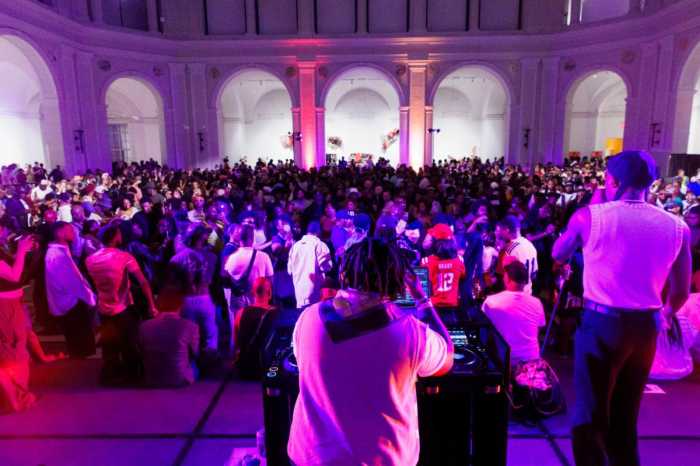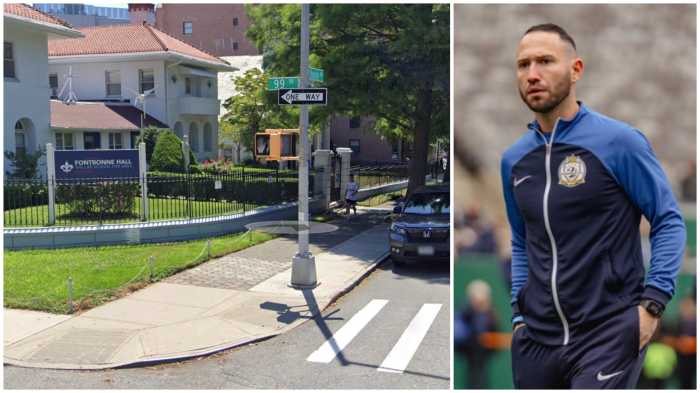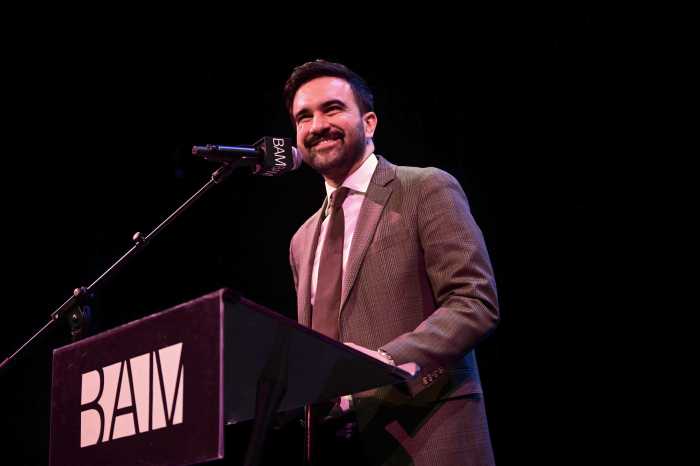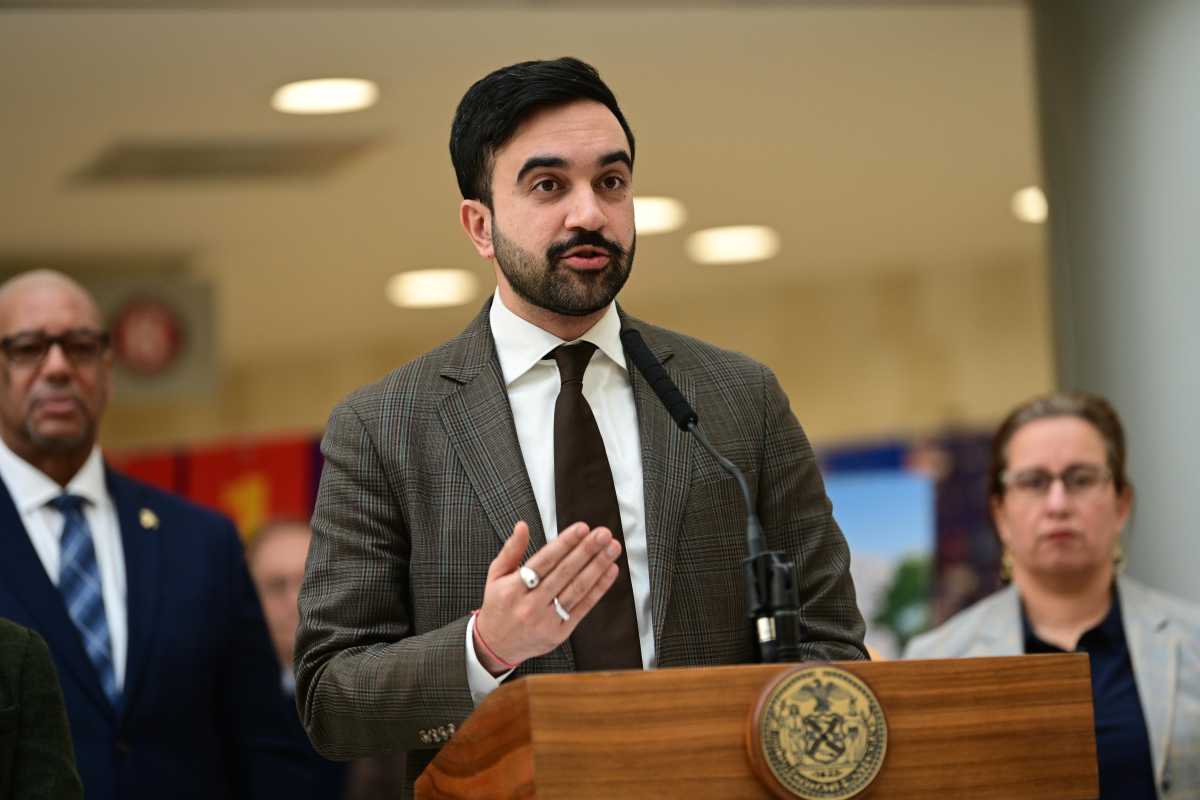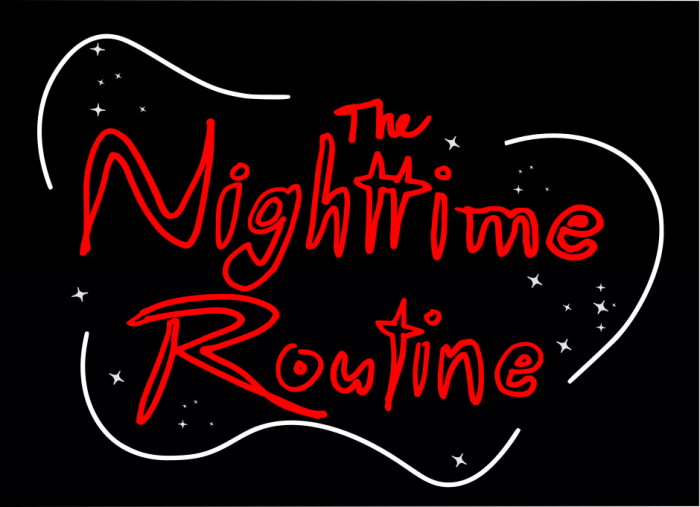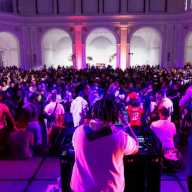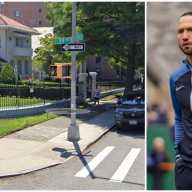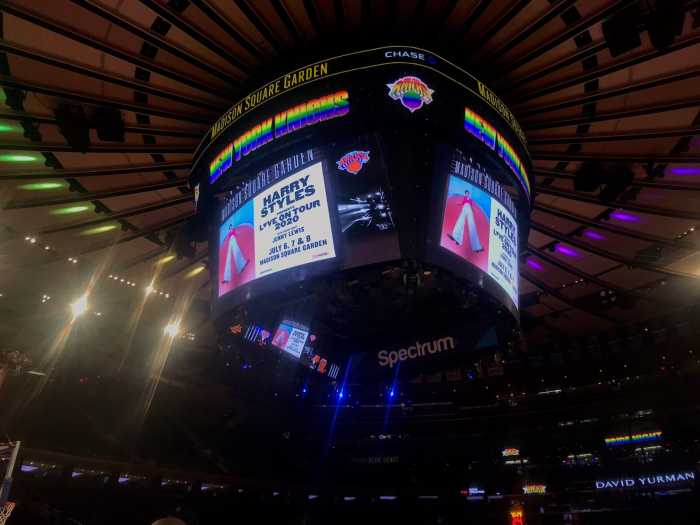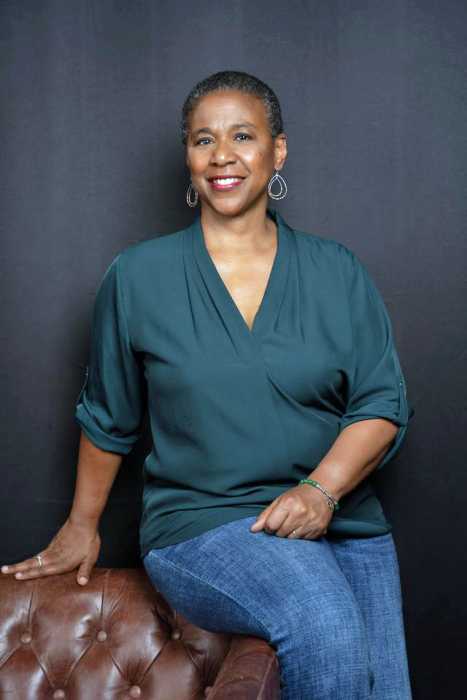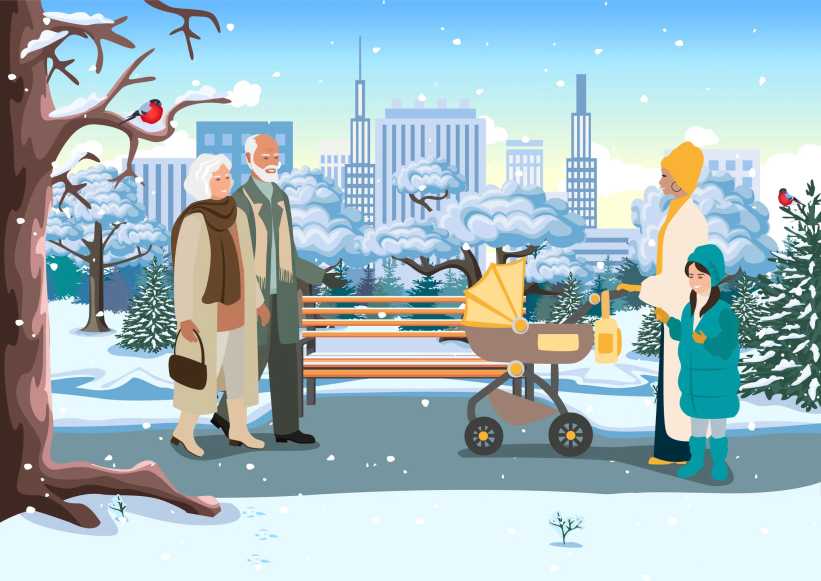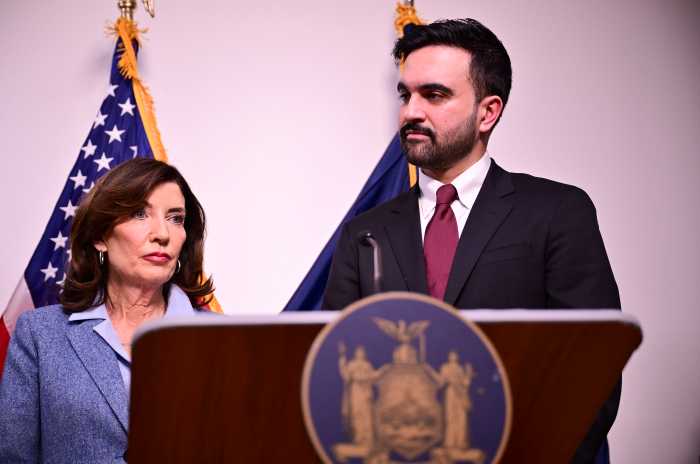When tragedy strikes around the world, one Brooklyn-based doctor is sure to lend a hand.
Dr. Herbert Rader, 71, a general surgeon by trade and the current medical director of New York Community Hospital, 2525 Kings Highway, recently returned from three weeks assisting the medical effort in Haiti following the devastating earthquake.
The hospital is part of the New York Presbyterian Health Care System,
“I’m also a member of the Salvation Army and the Salvation is very much involved in international relief activities around the world,” explained Rader, who also did medical earthquake relief work in Peru 40 years ago and worked for the Salvation Army for 12 year in India.
“So when the earthquake struck the Salvation Army put together a team, including physician teams, and they asked me if I would go as part of the team,” he added.
Rader said upon entering Haiti’s capital city, the United Nations, which had jurisdiction for the total relief effort, assigned his team to a specific area of about 20,000 families in Haiti’s capital.
Once in the area, Rader and his team found all the buildings flattened, but managed to set up makeshift health clinics in a cafeteria of a children’s home and a few classrooms in a boys school, although both structures were damaged.
“The clinic saw about 350 patients a day of all sorts from skull fractures to leg fractures, and from serious burns to amputations plus ordinary health problems that occur when there is not enough water and food,” he said.
“By the grace of God there were still people buried under the rubble, but nobody died in our clinic, partly because we were able to bring very serious internal injuries to the MASH unit from Miami University Medical Center medical Center, and they were able to accommodate patients that required open surgery,” he added.
Rader said the earthquake affected everyone in Haiti in that every survivor had lost some family member. Almost all were afraid to go in a building so virtually everyone lived outside in ad hoc tent settlements, he said.
“We tried to be in a safe as building as possible, and I usually slept in a sleeping bag between me and the cold, hard floor,” he said.
Rader said the eight- to 12-person teams of medical personnel had no with no laboratory or x-ray machines.
“I’m 71 and in my early days we had to diagnose with many fewer modern aids and that was the challenge – to provide service without CAT scans or MRI, but we had very skilled currently practicing surgeons from throughout the United States.”
Rader said he will continue to help out when tragedy strikes wherever he can.


